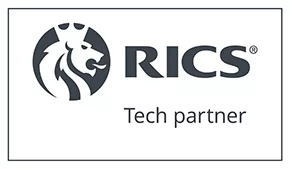Site overheads in the construction industry refer to the costs incurred on a project site that are not directly tied to specific construction activities but are necessary for the operation and management of the project. These overheads include expenses such as site security, temporary facilities (e.g., site offices, storage), utilities for the site, and salaries of site management staff.
Key Components:
- Site Security: Costs for security personnel, surveillance systems, and other measures to protect the site.
- Temporary Facilities: Expenses for setting up and maintaining site offices, storage units, restrooms, and break areas.
- Utilities: Costs for electricity, water, gas, and other utilities necessary to run the site operations.
- Site Management Staff: Salaries and benefits for site managers, supervisors, and administrative staff working on-site.
- Insurance: Project-specific insurance premiums to cover risks associated with the construction activities.
- Health and Safety: Costs related to ensuring health and safety compliance, including safety equipment and training.
- Waste Management: Expenses for managing and disposing of construction waste generated on-site.
- Communication Systems: Costs for maintaining communication systems, such as internet and phone services, on-site.
Benefits:
- Operational Efficiency: Ensures smooth and efficient operation of the construction site by providing necessary facilities and services.
- Risk Mitigation: Reduces risks by covering essential expenses such as security and health and safety measures.
- Resource Allocation: Facilitates proper allocation and management of resources on-site, contributing to overall project efficiency.
Managing Site Overheads:
- Budget Planning: Include site overheads in the initial project budget to ensure all necessary expenses are accounted for.
- Regular Monitoring: Track site overhead costs regularly to identify any deviations from the budget.
- Cost Control Measures: Implement cost control measures to manage and reduce unnecessary site overhead expenses.
- Efficient Utilization: Optimize the use of temporary facilities, utilities, and staff to minimize costs while maintaining operational efficiency.
Process:
- Identify Requirements: Determine the necessary site facilities, staff, and services needed for the project.
- Budget Allocation: Allocate a portion of the project budget to cover site overheads based on the project’s size, duration, and complexity.
- Set Up Facilities: Establish temporary facilities, utilities, and communication systems on-site.
- Hire Staff: Employ site management staff and security personnel as required.
- Monitor and Adjust: Continuously monitor site overhead expenses and make adjustments to stay within budget.
Applications in Construction:
- Large-Scale Projects: Site overheads are significant in large-scale projects requiring extensive site management and facilities.
- Remote Locations: Projects in remote locations often have higher site overheads due to the need for additional facilities and services.
- Long-Duration Projects: Extended project timelines increase site overhead costs due to prolonged use of temporary facilities and utilities.




